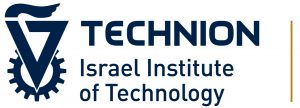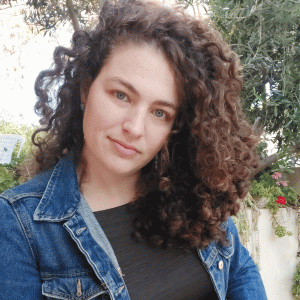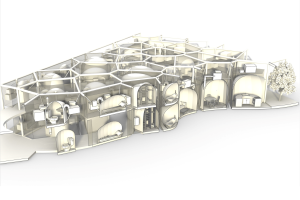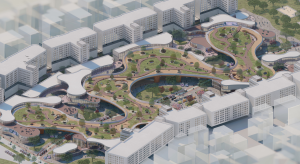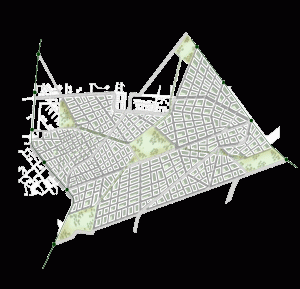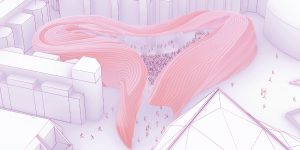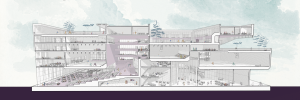The Urban Vertical Farm
It’s the beginning of the third decade of the third millennium, and humanity has taken God’s command to populate the Earth a bit too literally. Earth’s population is more crowded than ever, and barring a huge disaster, it is likely to keep growing. As humans “progress,” there are more people, and each uses more natural resources, more than the planet has to offer. One such resource is land, particularly arable farmland. We are reaching a point where there will not be enough farmland to feed the world’s population.
Vertical farms are no longer science fiction. In the last few decades, the concept has been discussed not only in the fields of architecture and urban planning but also sociology, economics, and of course, ecology and sustainability. These farms can greatly increase yield compared with the same area of traditional farming. The ability to control the environment inside buildings combined with new technologies that free plants from their traditional requirements, like soil and sunlight, allows for the design of stacked farms and maximizing an area’s yield.
As a country girl, with constant dirt under my fingernails who is currently experiencing Tel Aviv city life, the transfer of plants from the ground and into buildings gets my imagination running. It opens up numerous opportunities regarding the farm’s location and urban advantage. Benefits include reduced food miles, new jobs, and creating a self-sustaining city with a “green lung.” This project will test that idea.
The project will focus on how to plan optimal vertical farms by using computer tools to analyze and take advantage of natural sunlight and other environmental resources. The advantages of an urban setting will be explored as well as other usages of and activities in and around the building that may benefit from it. The way the farm connects to the urban context will allow it to produce while enabling urban dwellers and the building’s users to enjoy it.
